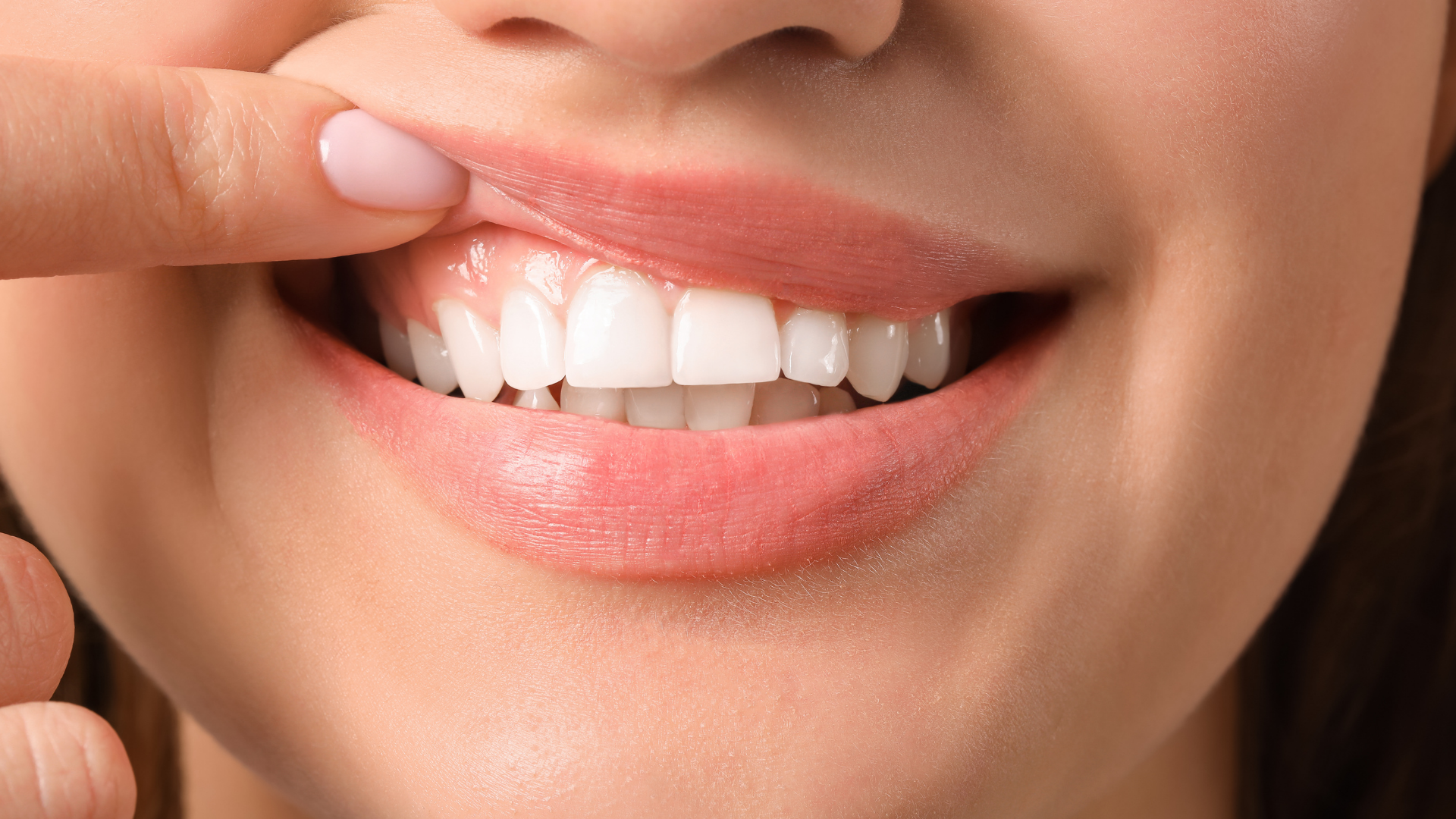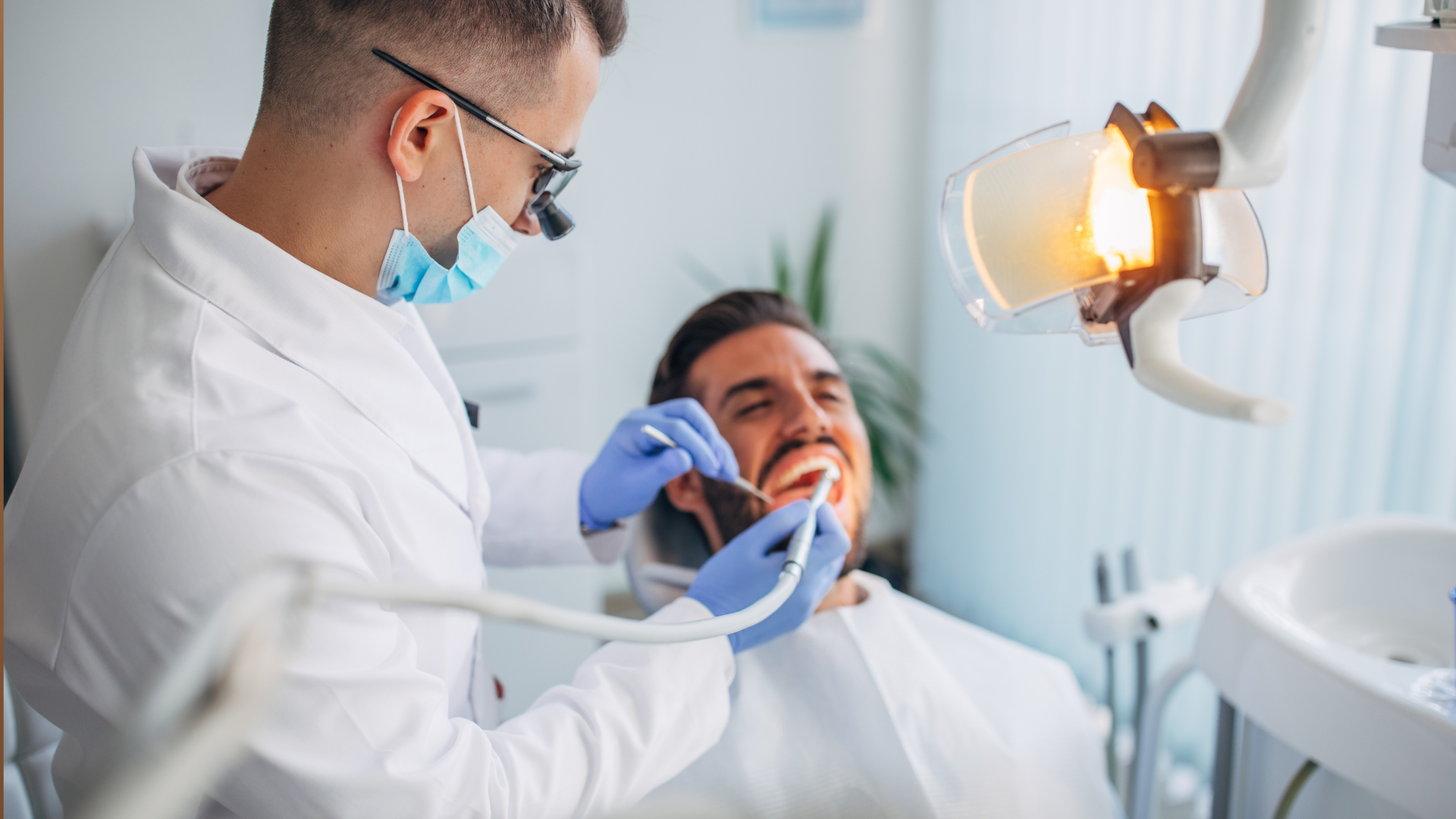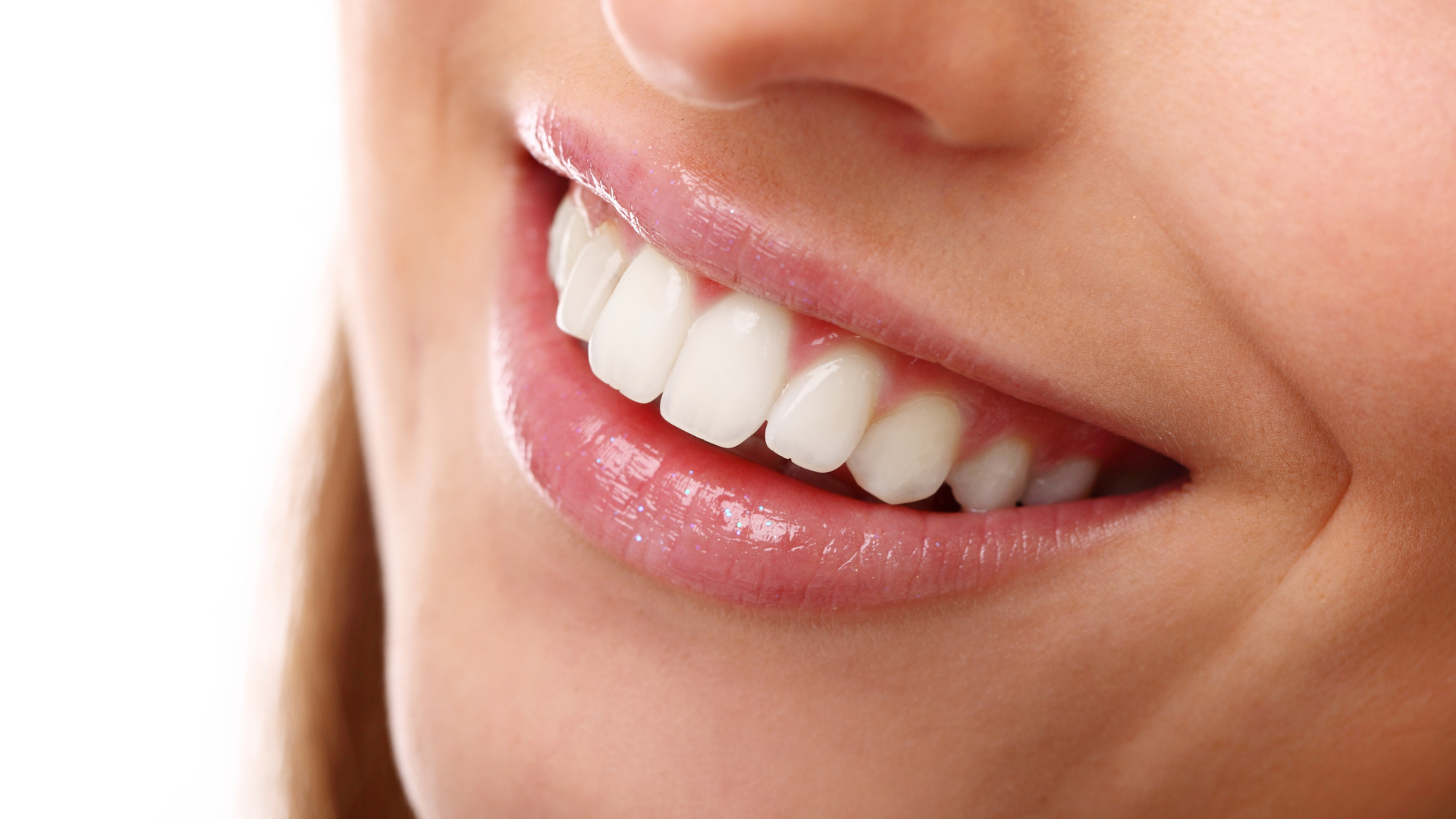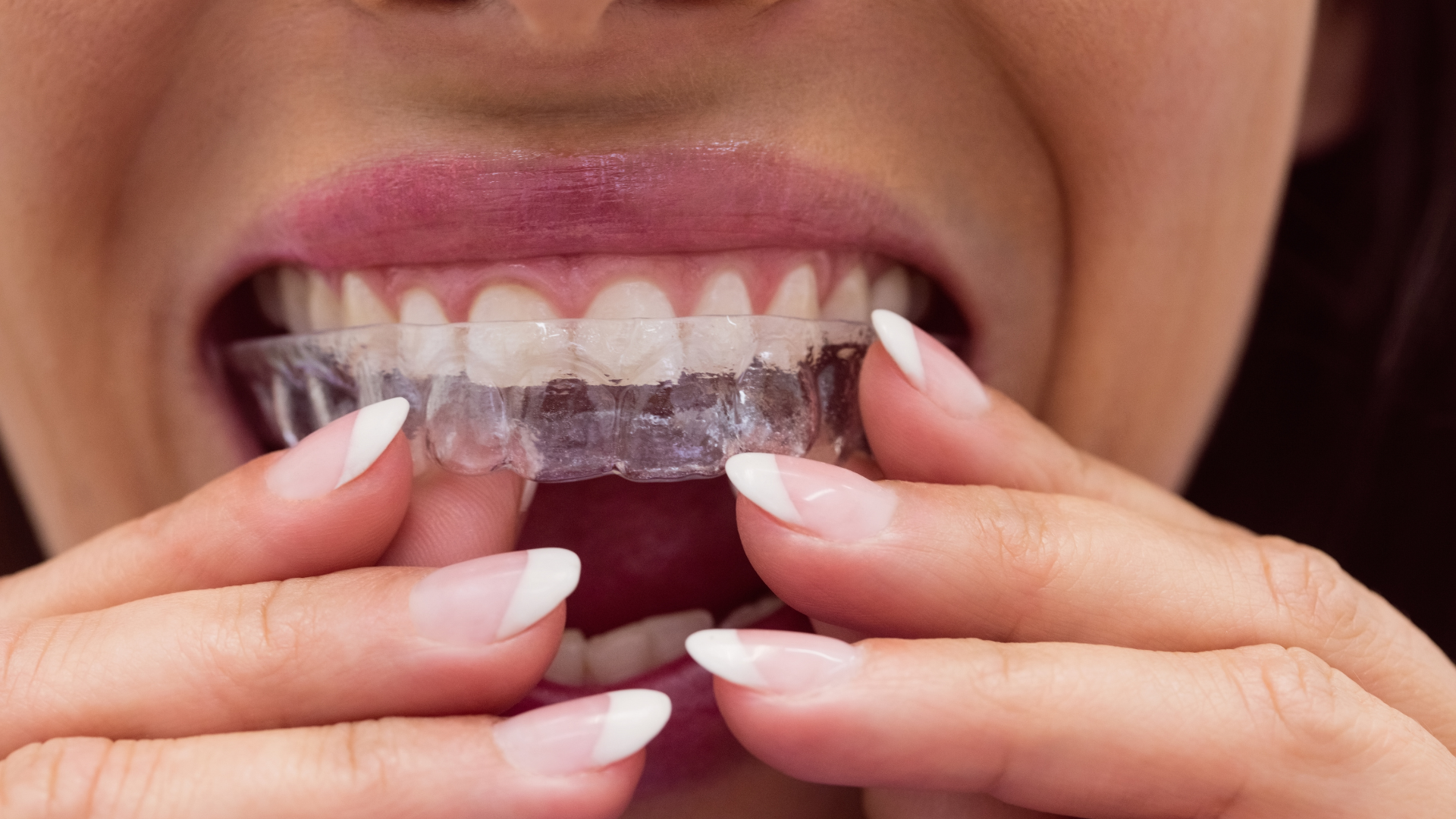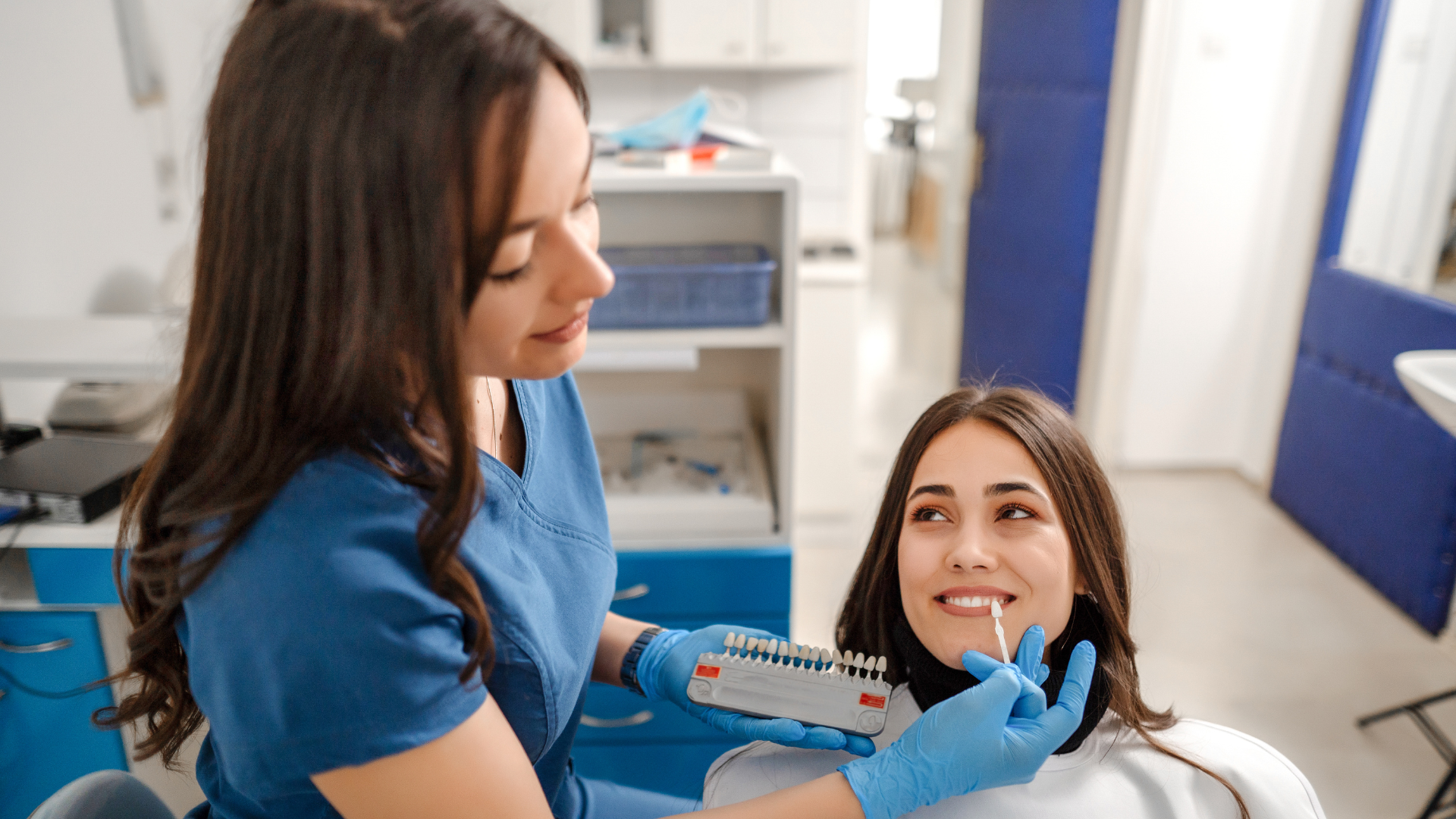Brief Overview of the Advancement in Dental Technology
The past two decades have seen an unprecedented revolution in the field of dental technology. From the once manually intensive and invasive practices to today's minimally invasive, digitally-driven procedures, dental care has been completely transformed. These advancements range from more accurate imaging techniques and high-speed procedures to new materials and software solutions that have significantly improved patient experiences and outcomes. This technological transformation has not only enhanced the quality of dental care but has also reshaped the landscape of dental practice worldwide.
In this blog, we aim to delve into the intricacies of the major technological advancements that have propelled the dental field forward over the
past 20 years. We'll break down how these technological leaps have positively impacted both patients and dental professionals. We also intend to answer frequently asked questions related to these technologies to better equip readers with knowledge about modern dental practices. Join us as we chart the course of this transformation, providing insights into the past, present, and a glimpse into the exciting future of dentistry.
Understanding the Past: A Look Back at Dental Technology
- A Snapshot of the Technology Used 20 Years Ago
To truly appreciate the advancements in dental technology, it's essential to understand where we started. Twenty years ago, the dental landscape was vastly different. Dental X-rays, one of the significant diagnostic tools in the field, were primarily film-based and required a time-consuming process of development. Manual tooth impressions were standard, often resulting in patient discomfort and less-than-ideal accuracy. The dental drill was a dreaded device, often associated with pain and anxiety. Procedures such as root canals and dental restorations were lengthy and could require multiple visits. Communication and scheduling with patients were mostly conducted over phone calls, with paper records dominating the administrative side of dental practices. - The Limitations and Challenges of Past Technology
These older technologies and methods presented various limitations and challenges. Film X-rays exposed patients to higher levels of radiation and lacked the clarity of today's digital imaging. Manual impressions were not only uncomfortable for the patient but also prone to human error, leading to less accurate results. The use of traditional dental drills could result in removal of more tooth structure than necessary, and they were often noisy and anxiety-inducing. Procedures like root canals were tedious, uncomfortable, and sometimes required multiple sessions, which was inconvenient for patients. Moreover, the largely paper-based administration was inefficient, prone to errors, and made it more challenging to manage and access patient records.
The Dental Tech Revolution: Major Advances in the Last Two Decades
The dawn of the 21st century brought with it a wave of innovation in dental technology that has profoundly transformed the way dentistry is practiced today. Key advances such as digital impressions, CAD/CAM technology, laser dentistry, 3D printing, bioengineered dental implants, dental software and apps, and tele-dentistry have not only made procedures more efficient and accurate, but also significantly improved patient experiences and outcomes.
/
- Digital Impressions
Gone are the days of goopy, uncomfortable impression materials. Digital impressions use advanced intraoral scanners to capture a highly accurate and detailed 3D image of the patient's teeth and gums. This has greatly enhanced the precision in creating restorations, orthodontic appliances, and implants, reducing the need for adjustments and remakes. - CAD/CAM Technology
Computer-Aided Design/Computer-Aided Manufacturing (CAD/CAM) technology has revolutionized restorative dentistry. Dentists can now design and manufacture customized dental prosthetics like crowns, bridges, and veneers in-office in a single visit. This reduces the waiting period and the need for temporary prosthetics. - Laser Dentistry
Lasers have become invaluable tools in dentistry, offering a more comfortable and less invasive alternative to traditional dental drills. They're used in a variety of procedures like tooth decay removal, gum surgery, and teeth whitening. Laser dentistry has reduced the need for anesthesia and has also improved healing and recovery time. - 3D Printing in Dentistry
3D printing has brought about a significant shift in the production of dental appliances. From models and surgical guides to aligners and crowns, 3D printers can fabricate precise and personalized dental products faster, more affordably, and with great convenience. - Dental Implants and Bioengineering
Bioengineering has made dental implants more successful and long-lasting. Innovations like osseointegration, where the implant integrates with the jaw bone, and the use of biocompatible materials have improved implant stability and longevity. - Dental Software and Apps
The shift to digital has transformed the administrative side of dentistry as well. Dental practice management software has streamlined scheduling, billing, patient communication, and record-keeping. Moreover, apps have empowered patients with the ability to book appointments, receive reminders, and access their dental records at their fingertips. - Tele-dentistry
Tele-dentistry has emerged as a powerful tool, extending dental care beyond the confines of the dental office. Through video calls, patients can consult with their dentists from the comfort of their homes. This has been particularly useful in times of lockdowns and for those living in remote areas with limited access to dental services.
The Impact of Modern Dental Tech on Patients
- Improved Patient Experience and Comfort
The advancements in dental technology have significantly improved the patient experience. Technologies like digital impressions, laser dentistry, and CAD/CAM have made dental procedures less invasive, more comfortable, and quicker. Patients now spend less time in the dental chair and experience less anxiety during their visits. The elimination of physical impressions, the reduction in noise from dental drills, and the ability to have restorations completed in a single visit have all contributed to a more patient-friendly experience. - Enhanced Accuracy and Efficacy of Treatments
Modern dental technology has greatly enhanced the accuracy and efficacy of treatments. Digital impressions provide highly accurate images, leading to better-fitting restorations. CAD/CAM technology allows for precise shaping of restorations, leading to better aesthetics and function. Advanced imaging techniques provide clear and detailed images, enabling dentists to diagnose conditions earlier and more accurately. All of these factors contribute to improved treatment outcomes and patient satisfaction. - Greater Access to Dental Care
Technological advancements have made dental care more accessible to many. Tele-dentistry has allowed patients in remote areas or those who are unable to physically visit a dental office to receive dental consultations and preliminary diagnoses. Dental apps allow for easy scheduling and reminders, making dental care more manageable and less time-consuming. - Empowering Patients Through Technology
Technology has also empowered patients by making information more accessible. Patients can now access their dental records, schedule appointments, and receive reminders through dental software and apps. They can also educate themselves about different treatments through online resources, enabling them to make more informed decisions about their dental care. In essence, technology has made dental care more patient-centric.
The Impact of Modern Dental Tech on Dentists and Dental Practice
- Streamlined Procedures and Increased Efficiency
Modern dental technology has greatly streamlined dental procedures, making them more efficient. Digital impressions and CAD/CAM technology allow for quicker turnaround times for restorations. 3D imaging and laser dentistry enable more precise and less invasive procedures, reducing recovery times and increasing the number of patients that can be treated in a day. These advancements have significantly increased the efficiency of dental practices. - The Enhanced Precision of Diagnosis and Treatment
The precision of diagnosis and treatment has been greatly enhanced by modern dental technology. Digital imaging provides clear and detailed images, leading to more accurate diagnoses. CAD/CAM technology and 3D printing allow for precise shaping and customization of restorations and implants, leading to better treatment outcomes. Laser dentistry enables highly accurate and less invasive procedures, reducing the risk of complications. - Practice Management and Growth
Advancements in dental technology have also transformed the management of dental practices. Dental software simplifies scheduling, billing, and record-keeping, making practices more efficient and organized. This has freed up time for dental professionals to focus more on patient care and less on administrative tasks. The use of digital marketing and social media, facilitated by technology, has also enabled practices to reach more patients and grow their businesses. - Challenges and Opportunities
While the advancements in dental technology offer many opportunities, they also present some challenges. Keeping up with rapid technological changes can be difficult and requires ongoing education and training. The cost of new technology can be high, and implementing new systems can disrupt practice operations initially. However, the benefits of improved patient care, efficiency, and business growth that come with these advancements far outweigh these challenges. For the forward-thinking dental professional, the technological revolution in dentistry offers a world of exciting opportunities.
Looking Forward: The Future of Dental Technology
Anticipated Advancements in Dental Technology
The field of dental technology is continually evolving, and there are several exciting advancements on the horizon. Developments in artificial intelligence and machine learning are expected to bring about sophisticated diagnostic tools and predictive analytics for personalized care. Regenerative dentistry, through stem cell research, holds promise for the regeneration of tooth tissues and even whole teeth. Advances in material science are set to create even more durable and biocompatible dental materials. Also, the further integration of augmented reality and virtual reality technologies in dental education and practice is expected.
The Potential Impact on Dentistry
The anticipated advancements in dental technology are poised to further revolutionize the field of dentistry. With the help of AI and machine learning, dentists could more accurately diagnose conditions and predict patient outcomes, leading to more personalized treatment plans. Breakthroughs in regenerative dentistry could potentially eliminate the need for artificial restorations, changing the face of restorative dentistry. Meanwhile, improvements in dental materials will likely lead to longer-lasting and more comfortable restorations. Furthermore, augmented and virtual reality could provide more interactive and realistic training for dental students and more effective patient education tools. The future of dental technology is indeed bright, promising even better oral health care and patient experiences.
Conclusion
Over the past two decades, the landscape of dentistry has been dramatically transformed by technology. Advancements such as digital impressions, CAD/CAM technology, laser dentistry, 3D printing, bioengineering, dental software and apps, and tele-dentistry have revolutionized both the patient experience and dental practice management. These technological leaps have made procedures more efficient, accurate, and comfortable, and have greatly expanded access to dental care.
The transformation of dentistry by technology has not just been about improving existing procedures, but about fundamentally reimagining the dental experience. As we stand on the threshold of an even more technologically advanced era in dentistry, it's crucial for both dental professionals and patients to embrace this wave of innovation. While challenges certainly exist in the path of progress, the potential for improved patient outcomes, elevated comfort, and a broadened reach of dental care far outweigh them. As technology continues to evolve, it holds the promise of making good oral health more accessible and achievable than ever before. The future of dentistry is here, and it's digital.
Frequently Asked Questions
1. How has technology improved dental procedures for patients?
Technology has dramatically improved dental procedures by making them quicker, more comfortable, and less invasive. Innovations such as digital impressions, laser dentistry, and CAD/CAM technology have reduced the time patients spend in the dental chair, made procedures less uncomfortable, and resulted in faster recovery times.
2. How has technology impacted the accuracy of dental diagnosis and treatment?
Technological advancements have greatly enhanced the accuracy of dental diagnosis and treatment. Digital imaging provides detailed and clear images, allowing for earlier and more accurate diagnosis of dental conditions. Digital impressions and CAD/CAM technology enable the creation of highly precise restorations, improving treatment outcomes.
3. What is the role of digital impressions in modern dentistry?
Digital impressions play a crucial role in modern dentistry by providing a more comfortable and accurate alternative to traditional physical impressions. They capture a detailed 3D image of the patient's mouth, leading to better fitting restorations, orthodontic appliances, and implants.
4. What benefits does CAD/CAM technology offer in dentistry?
CAD/CAM technology offers numerous benefits in dentistry, including the ability to design and manufacture customized dental prosthetics such as crowns, bridges, and veneers in a single visit. This leads to less waiting time for patients, eliminates the need for temporary prosthetics, and results in restorations that are highly precise and aesthetically pleasing.
5. How has 3D printing revolutionized dental prosthetics?
3D printing has revolutionized dental prosthetics by enabling the rapid and cost-effective production of dental appliances. From models and surgical guides to aligners and crowns, 3D printers can fabricate precise and personalized dental products with great convenience.
6. How have dental implants improved with advancements in bioengineering?
Bioengineering has led to significant improvements in dental implants. Innovations like osseointegration, where the implant integrates with the jaw bone, and the use of biocompatible materials have improved the stability and longevity of implants, making them a more reliable solution for missing teeth.
7. How has software and apps changed the management of dental practices?
Software and apps have greatly improved the management of dental practices by streamlining tasks such as scheduling, billing, and record-keeping. They have also enhanced patient communication and empowered patients with the ability to book appointments, receive reminders, and access their dental records at their convenience.
8. What is tele-dentistry and how does it improve access to dental care?
Tele-dentistry involves the use of information technology and telecommunications for dental care, consultation, education, and public awareness. It allows patients to consult with their dentists via video calls from the comfort of their homes, improving access to dental care for those in remote areas or those who are unable to physically visit a dental office.
9. What potential challenges do these advancements pose for dentists?
While these advancements offer many benefits, they also present some challenges. These include the need for continuous education and training to keep up with rapid technological changes, the high cost of new technology, and potential disruptions to practice operations when implementing new systems.
10. What can we expect from the future of dental technology?
The future of dental technology looks promising, with advancements in artificial intelligence, regenerative dentistry, material science, and augmented reality on the horizon. These technologies are expected to further improve the precision of diagnosis and treatment, enhance patient comfort and experiences, and potentially revolutionize dental procedures.


